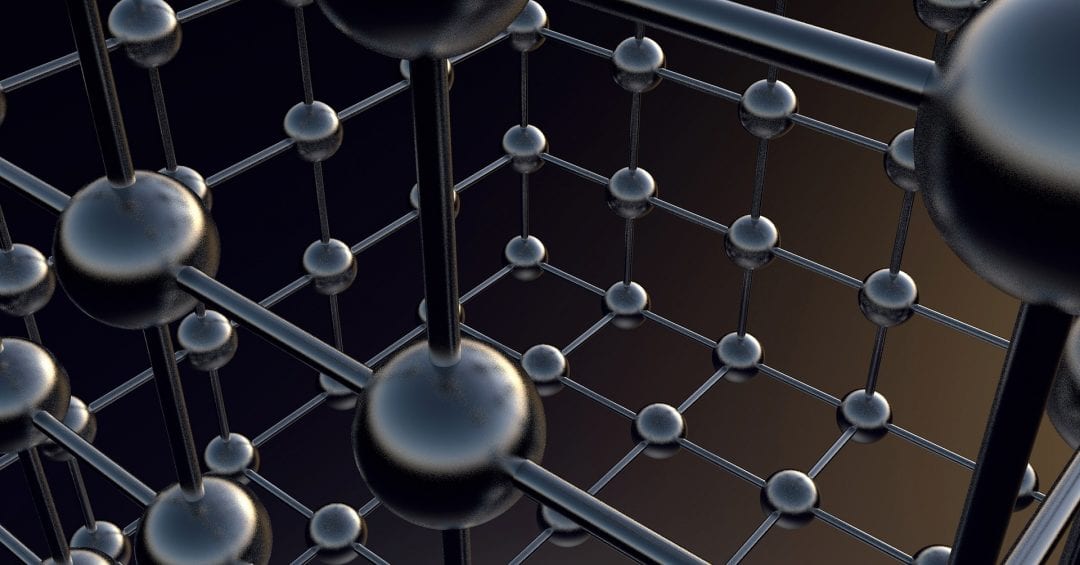Exhaustion of fossil energy sources and destruction of environment by conventional power generation are one of the most critical problems for humankind. Accordingly, renewable sources of energy have received great attention and solar power generation leads the field of the renewable energy at the forefront.
Over the last few years, organometal halide perovskites (OHP) constructed by hybrid organic/inorganic compounds have been selected as state-of the-art materials for solar cell application due to their high photo-induced charge separation and carrier transportation performance, allowing them to demonstrate power conversion efficiencies of as high as 22%. Despite the impressive performance of these materials, a profound understanding of their microstructure still remains elusive. Several structural analyses including X-ray diffraction and transmission electron microscopy (TEM) measurements have reported important results; however, direct evidence of the crystal configuration that occur during phase transitions and temperature change, are yet to be described.

Refined HRTEM image for the analysis of the triple-layer superlattice. More information here.
The hitherto phase convention of organometal halide perovskites, suggests that each phase exists solely at its given temperature range. However, in their publication in Advanced Materials, Tae Woong Kim, Hiroshi Segawa, and co-workers from the University of Tokyo report a microstructural analysis of the conventional organometal halide perovskites CH3NH3PbI3 using TEM, which reveals that tetragonal and cubic phases coexist at room temperature, and confirmed that superlattices composed of the mixture of tetragonal and cubic phases are self-organized without compositional change.
This evidence overturns the conventional theory, which so far suggested that each phase of an OHP solely exists at a given temperature range (orthorhombic phase < 165K < tetragonal phase < 327K < cubic phase). According to the authors, OHPs can form superlattices without any artificial modification, simply by self-adjustment of their microstructural configuration, and self-organizing buffer layers in the bulk or at the interface compensating for the strain.
Based on their finding, the group concludes that a number of special features of these material could be attributed to this spontaneous modification, and propose to re-examine the use of the organometal halide perovskite in photovoltaic technologies.

















